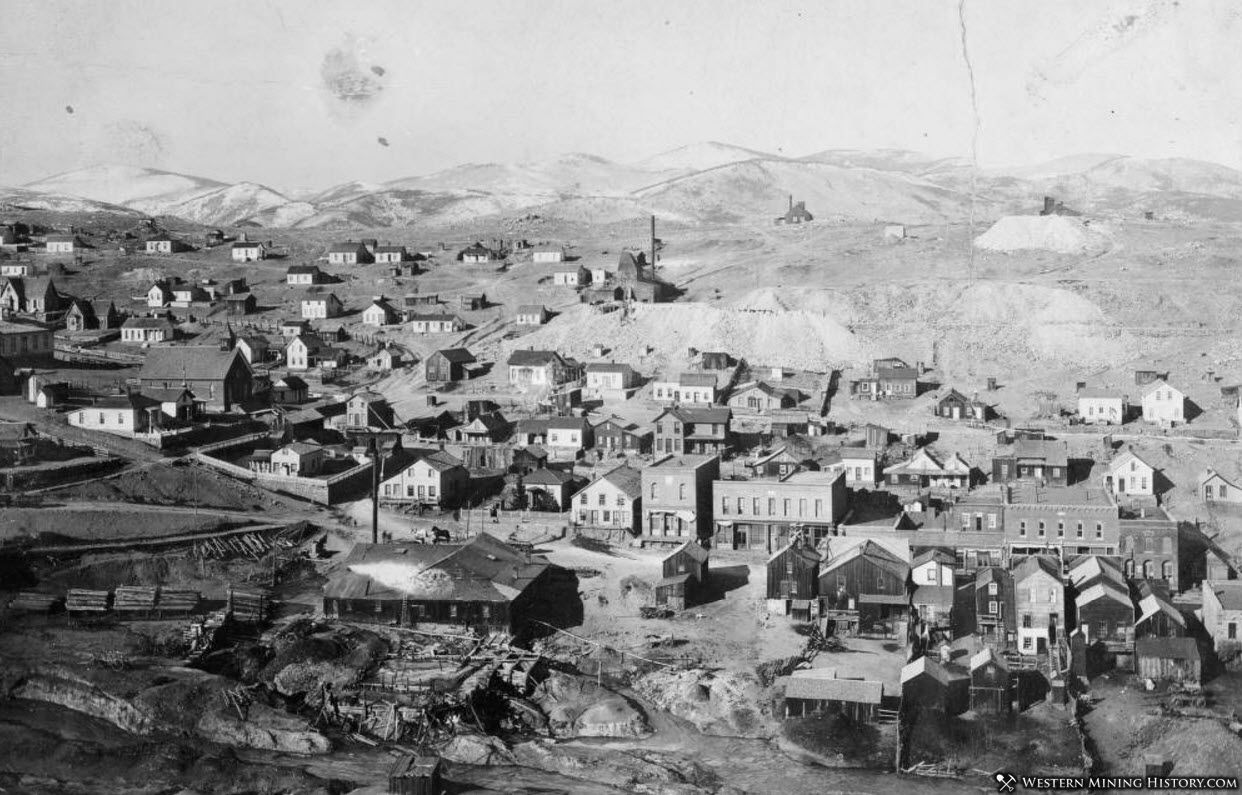Nevadaville History
Nevadavilles history is much the same as Black Hawk and Central City. This was another town in the crowded Gregory Gulch, formed after the 1859 gold discovery by John Gregory. The settlement was known as just Nevada until around 1870 when the name was changed to Nevadaville.
Whereas Blackhwak was the smelting and industrial center of the district, and Central City was the economic and social center, Nevadaville was the working class town where many of the district's miners lived. The town thrived into the 1890s but declined dramatically after 1900.
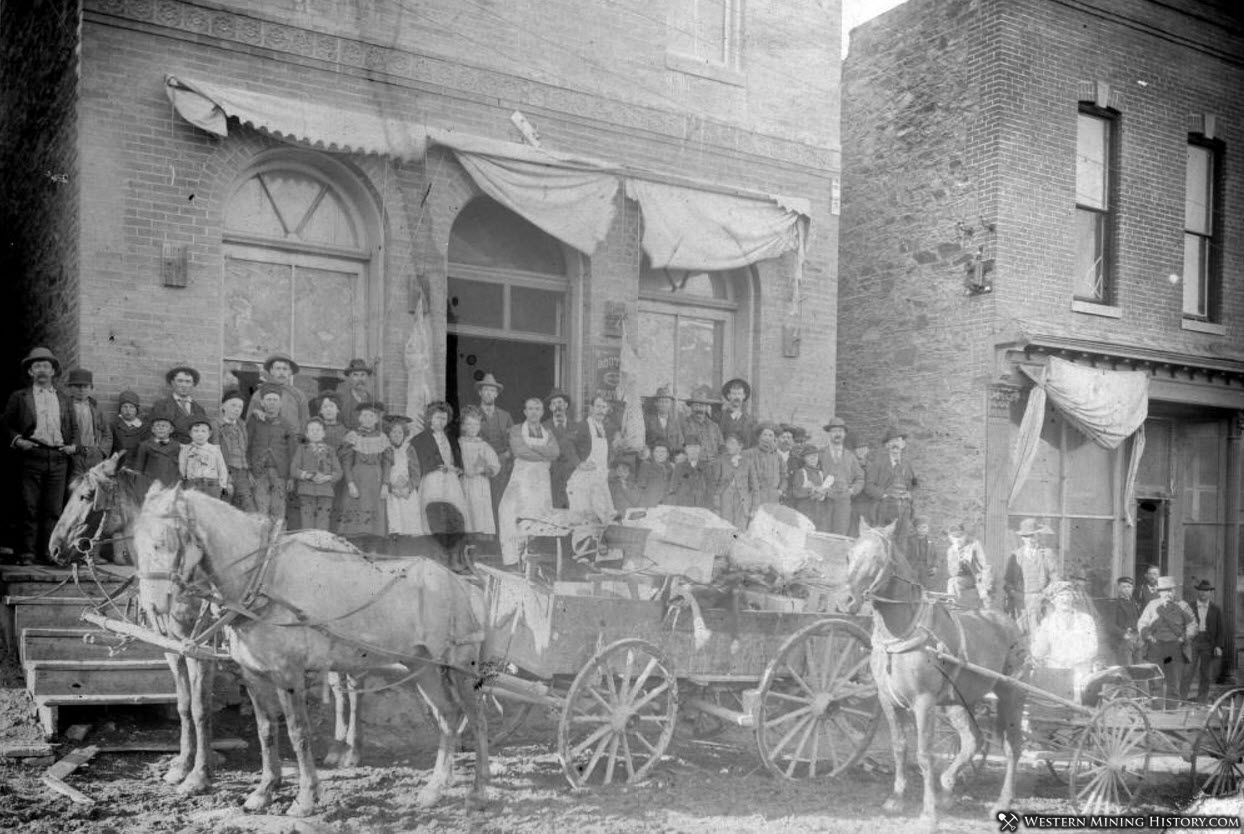
In 1861 a fire destroyed most of the town. A newspaper article about the fire stated that there were around 40 stamp mills in the vicinity of Nevada, a staggering number for that early date, which surely made the town the milling center of Colorado at that time.
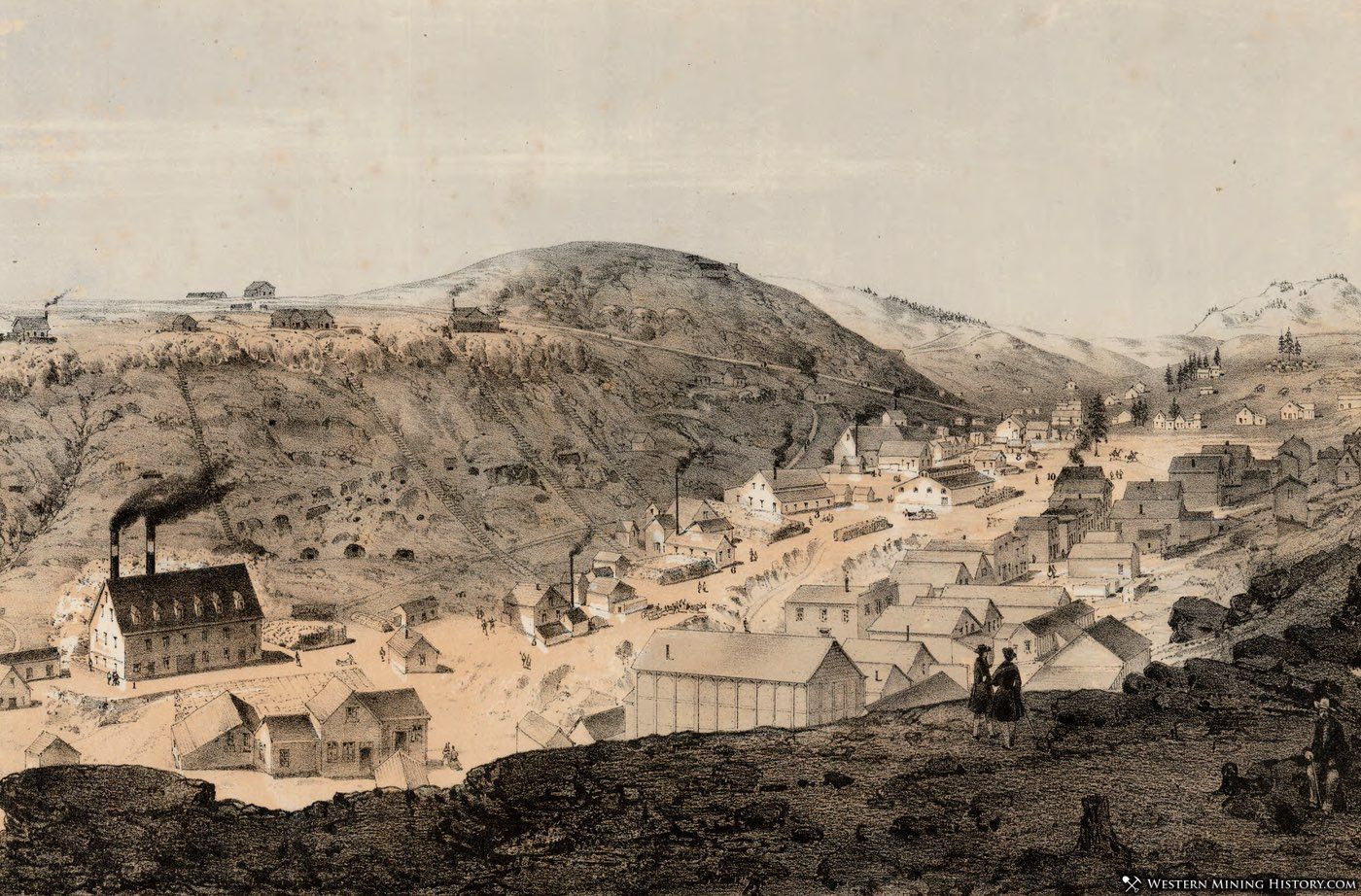
Nevadaville did not grow to the size of either Central City or Blackhawk, and it was mostly a ghost town long before gambling rejuvinated its neighboring towns down the gulch. Today Nevadaville has a few remaining buildings surrounded by mine ruins, and just six full time residents.
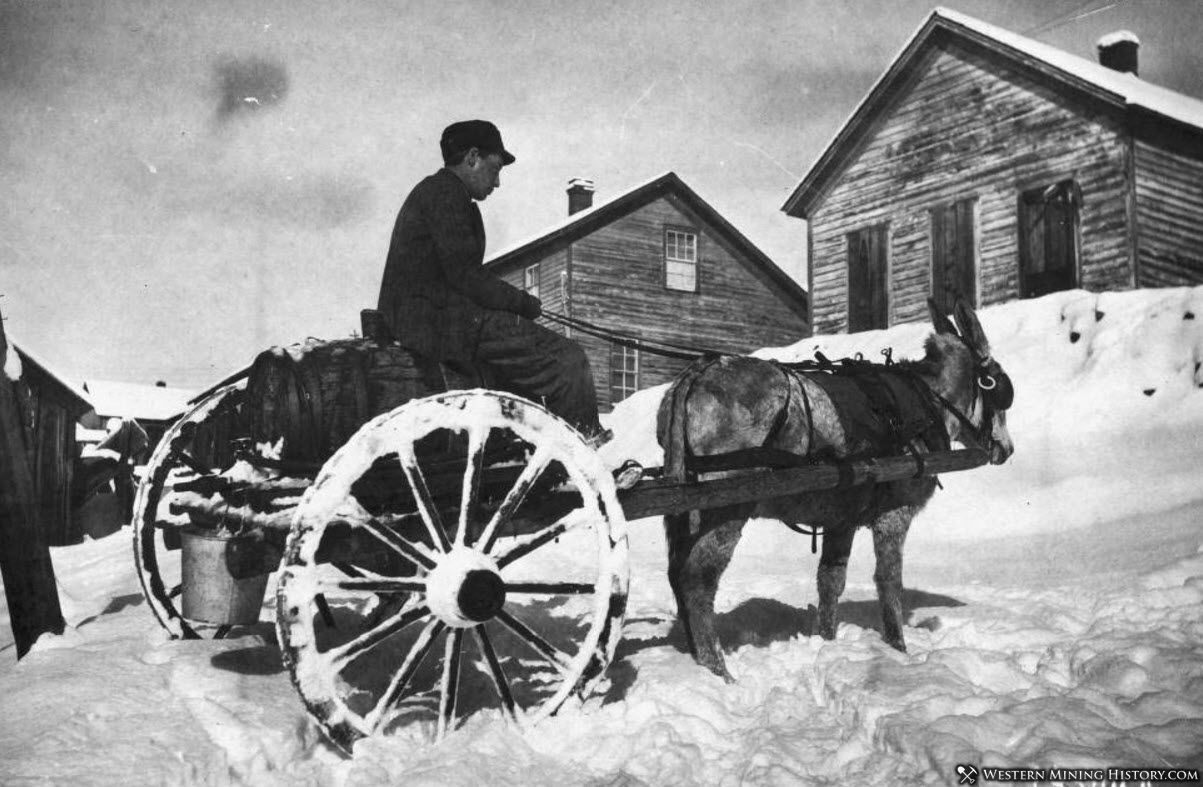
Details of Nevadaville's history are difficult to find as it was always overshadowed by nearby Central City, which was Colorado's most important city for two decades. The 1861 fire was one of the most notable events here, and the stories on it reveal at least some detail on the town's early history.
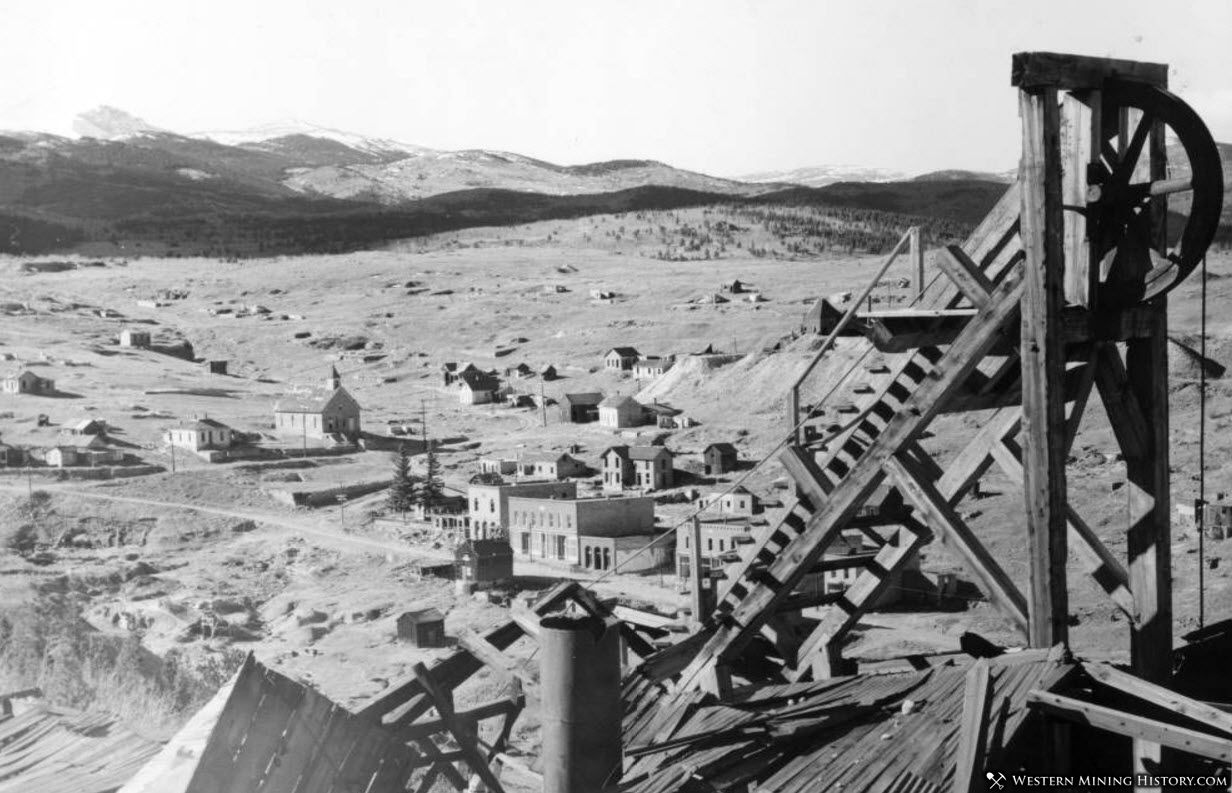
The Devastating 1861 Fire
The following article appeared in the November, 6, 1861 edtiion of the Daily Colorado Republican.
DESTRUCTIVE CONFLAGRATION
Nevada City in Ashes
"From a gentleman who came down from Nevada yesterday by the coach, we learn that a most distructive fire occurred at that place Monday evening, in which the greater part of what is known as Nevada City in Nevada Gulch, was reduced to ashes."
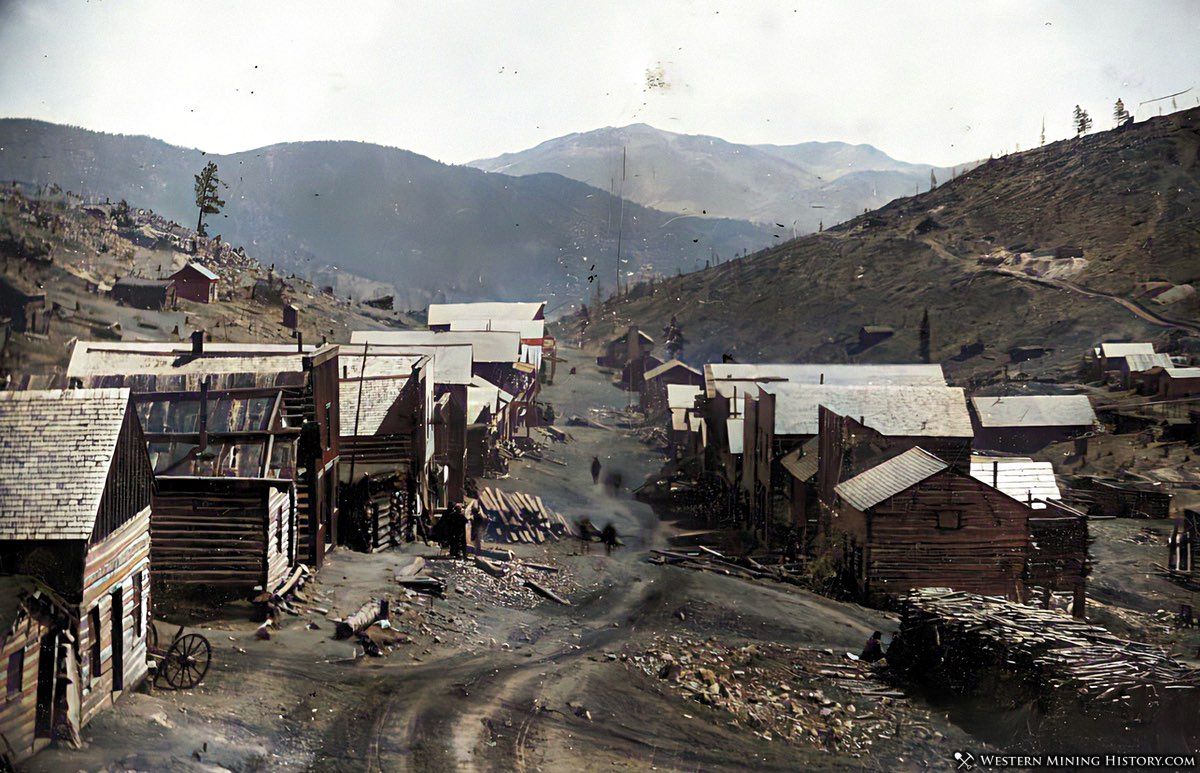
"The fire originated in the woods on Bald Mountain at several miles distant from the gulch and burned a number of days without any apprehension of danger to the town. On Monday evening there being a strong wind from the west the fire was observed rapidly approaching the upper end of the gulch, and exertions were made to prevent its communicating with the town, but despite every effort to stay the fiery elements, at about 3 o'clock P.M. it caught in the buildings farthest west, and in a short time the larger portion of the city, being located on the north side of the gulch, was entirely consumed."
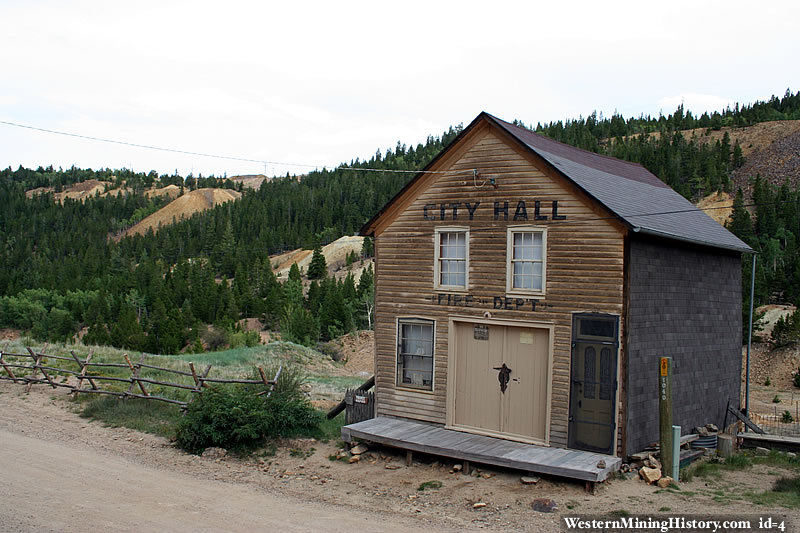
"Only one quartz mill, Whitcomb & Co's was destroyed, all others being located fortunately on the south side of the gulch which from the northerly direction of the wind escaped the flames. All that part of town between the upper end of the gulch and a point of rocks about half way down the gulch, including most of the business houses, stores, hotels, boarding houses, saloons, and private houses was entirely destroyed. Also a collection of buildings between the point of rocks and Central City were burnt. The few cabins, houses, a large lot of wood and two quartz mills at the head of Prosser Gulch were also consumed in the same general conflagration."
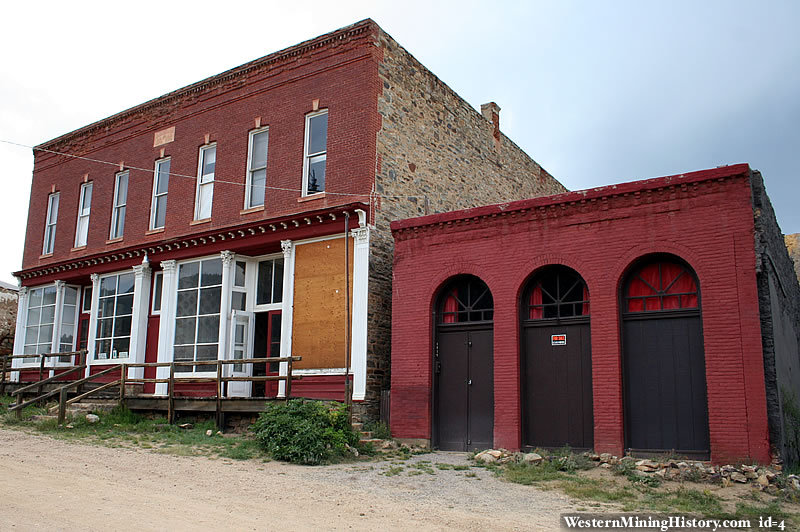
"At one time during the raging of the flames, it was apprehended that the fire would communicate to Central City, and many of the families of that place packed their household goods already, while a few actually did move from the place. It is wholly impossible at this time to estimate the aggregate of the losses sustained, but a great number of those wholly incapable of sustaining such a loss will suffer severely, especially at this worse time in the year for mining laborers. A movement will probably be set foot to aid the sufferers."
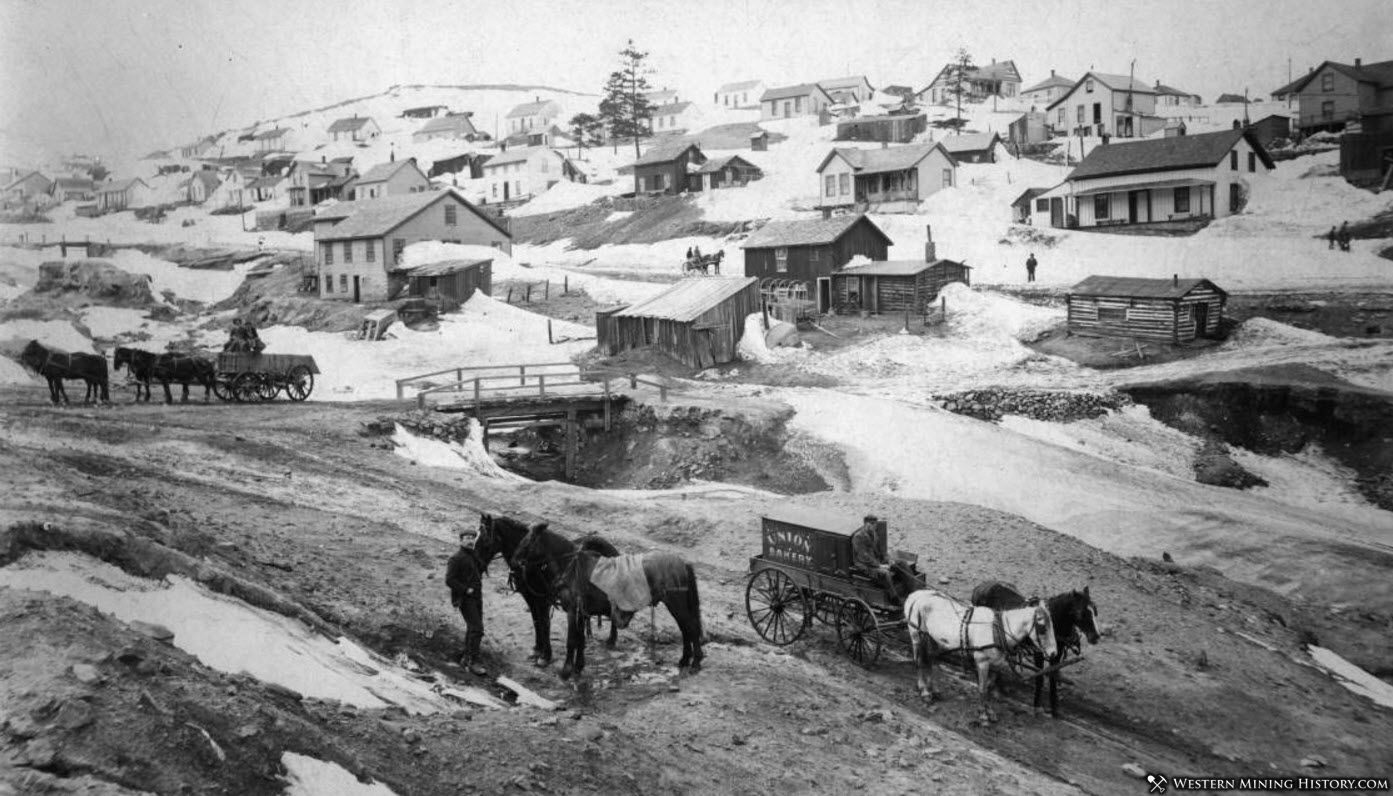
A separate article mentioned that looting was taking place during the fire: "it appears some villains, unworthy of the name of men, had been robbing their more unprotected neighbors of what had been saved from the fire."
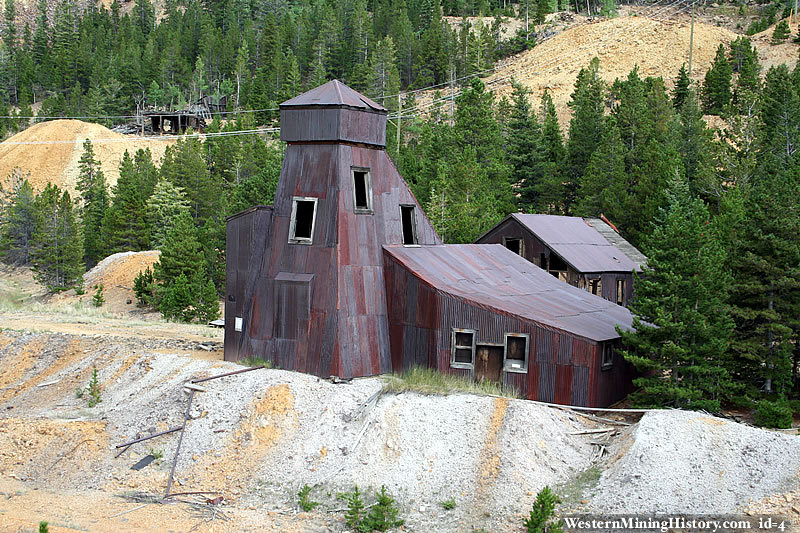
A Tour of Colorado Mining Towns
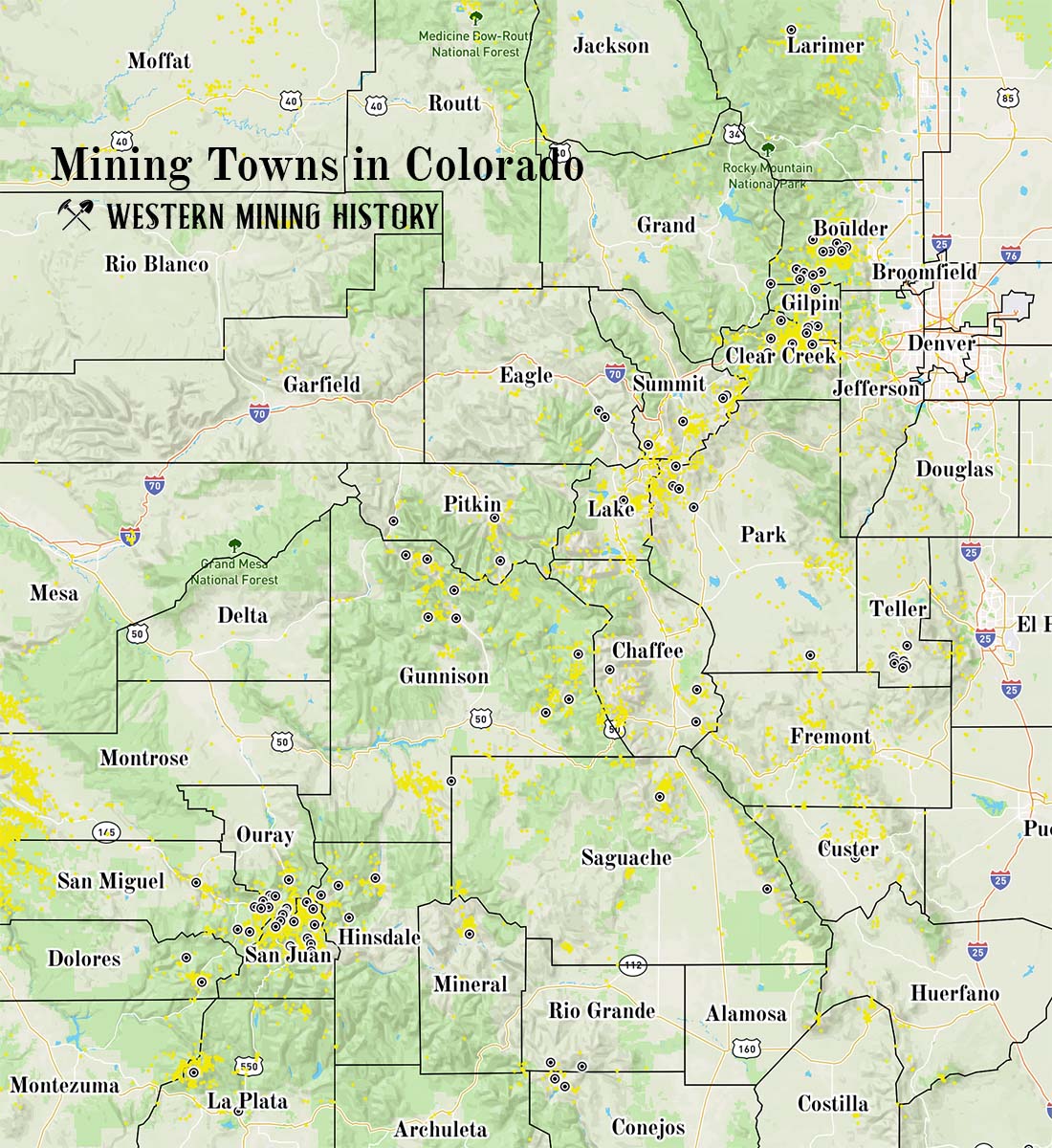
Explore over 100 Colorado mining towns: A tour of Colorado Mining Towns.
Colorado Mining Photos
More of Colorado's best historic mining photos: Incredible Photos of Colorado Mining Scenes.
